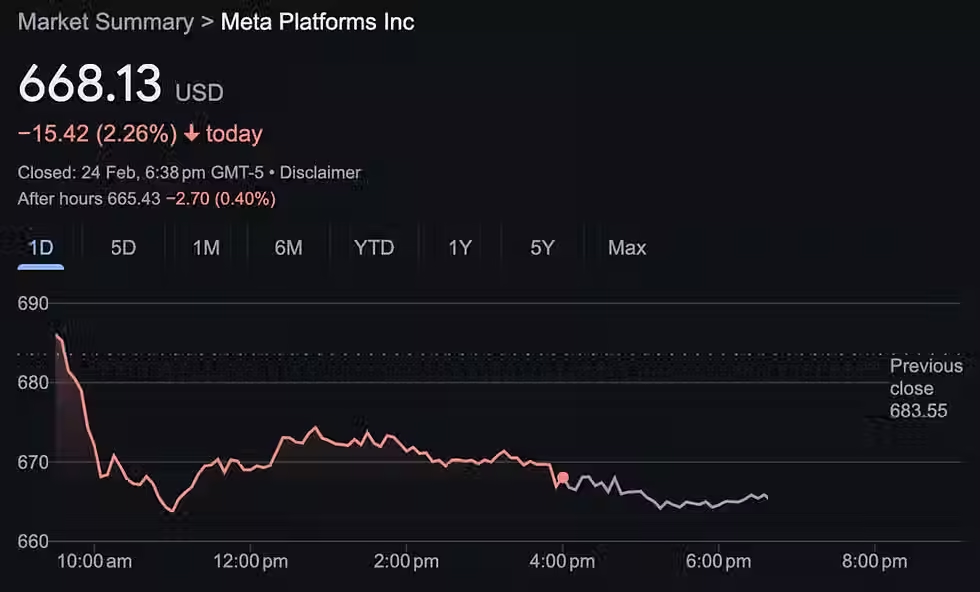How You Can Spot Inflation Proof Business With Just 2 Indicators
- bengohtl
- Jul 22, 2022
- 3 min read
Updated: Jun 20, 2023

Consumer inflation hit 9.1% in the U.S, the highest level in 4 decades. We are seeing broad increases in the prices of 3 of our daily necessities - Energy, Food, and Housing.

Paying more for items that we use on a daily basis can seem scary, especially when our incomes do not grow in line with inflation.
Some questions might pop up in our minds, examples being:
- How will the inflation affect our cost of living?
- How will our investment portfolios hold up in this inflationary environment?
If this sounds like you, here's how you can get started.
Investing in a stock means investing in a business. Naturally, a good starting point would be by looking at how inflation affects businesses.
How Inflation Affects Businesses?
Imagine we own a chain of supermarkets. We sell $100M worth of items each year. Each year, we pocket $20M of that $100M as profits.
So, we have:
Annual Revenue = $100M
Costs = $80M
Annual Profits = $20M
Without inflation, let's assume a repeat of this performance each year. Each year, we'll get to take out $20M of cash from our supermarkets. That's a steady eddy reliable source of income.
How will this change if inflation is 10% per year instead?
Let's say our customers love our products. So, if inflation runs at 10% per year, let's say we'll be able to raise the prices of our goods at 10% per year, without a decrease in demand. This is where we have pricing power.
So, next year, our price increases will cause our revenues to grow 10%. We'll make $100M * 1.1 = $110M. But of course, our costs (e.g. rent, cost of goods, employee salaries) will also grow 10% . That's what inflation does. So, our costs are now $80M * 1.1 = $88M.
That gives us $22M in profits, a 10% annual increase.
How To Invest for Inflationary Times
When investing for inflationary times, we have to select businesses that exhibit 2 characteristics:
1) Pricing Power

When a company can raise their prices without losing its customers, that’s when you know it has pricing power and a durable competitive advantage.
2) Capital Light

In order to grow, companies need to re-invest into its business.
Capital light businesses do not eat up a big chunk of its owners' profits in re-investments each year. This allows business owners to continually re-invest into the company’s growth.
This is why we commonly see the stocks of big retailers like Target, Walmart, Home Depot being hit HARD when inflation is flying off the charts. Retailers typically need to keep a lot of inventory on their shelves, which requires capital.
Conclusion
Inflation reduces returns for both investors and business owners alike. Inflation fears create a volatile stock market. Only those who survive volatility in the short term can build wealth in the long term.
Join Our BOS Community
In the Buffett Online School, we believe in learning the right investing mindset and system, so we can start cultivating emotional detachment and grow our wealth safely and substantially in the long run.
By joining the Buffett Online School community, you and your friends will have access to a wealth of educational resources, expert insights, and a vibrant network of learners. This will help you and your loved ones further enhance your investment skills and emotional stability, thereby improving your portfolio returns.
Our next 2-day BOS MBA Value Investing Online Bootcamp is happening soon! We will teach you how to use Warren Buffett's proven investing method to maximize your portfolio in a safe way.

Even if you have attended before, you will still gain additional new insights and exclusive community support specifically for this upcoming bootcamp!
And the best part is, it is FREE!
Additionally, our BOS community offers exclusive rewards and recognition for each person you invite, making your journey with us even more rewarding. You will take away resources like:
- Gone Fishing With Buffett ebook to understand Buffett’s investing insights (worth $17)
- Financial Freedom Calculator to plan out your own retirement portfolio (worth $47)
- Warren Buffett’s Portfolio Watchlist to peek into his recent trades (worth $97)
- ETF online course to learn to generate consistent 10% every year (worth $297)
Remember, you have the choice to cultivate the right investing mindset and unlock your potential to build wealth through intelligent investing. Together, we can create a network of educated investors who make informed decisions and contribute to their financial well-being! Join the BOS Community Today!
In the meantime, feel free to check out some of our blog posts to continue your learning. You can also join our BOS Telegram channel for more investing insights.




10/5 Gamethread: Giants Padres
Very well, the greatest recreation is listed here. The San Francisco Giants include performed 161 video games, and they'll engage in just one further. The San Diego Padres contain performed 161 video games, and they'll participate in a person even more. And then, I'm informed, some additional game titles following that, nevertheless I dress in't notice nearly anything relating to that nonsense. Inside fitting layout, the Giants are finishing the 12 months with an opener, and they're turning towards the arm who includes been applied the greatest inside of that position: righty John Brebbia. It will be the NL-primary 76th look of the calendar year for Brebbia, who includes a 3. 09 Generation, a 3. 35…